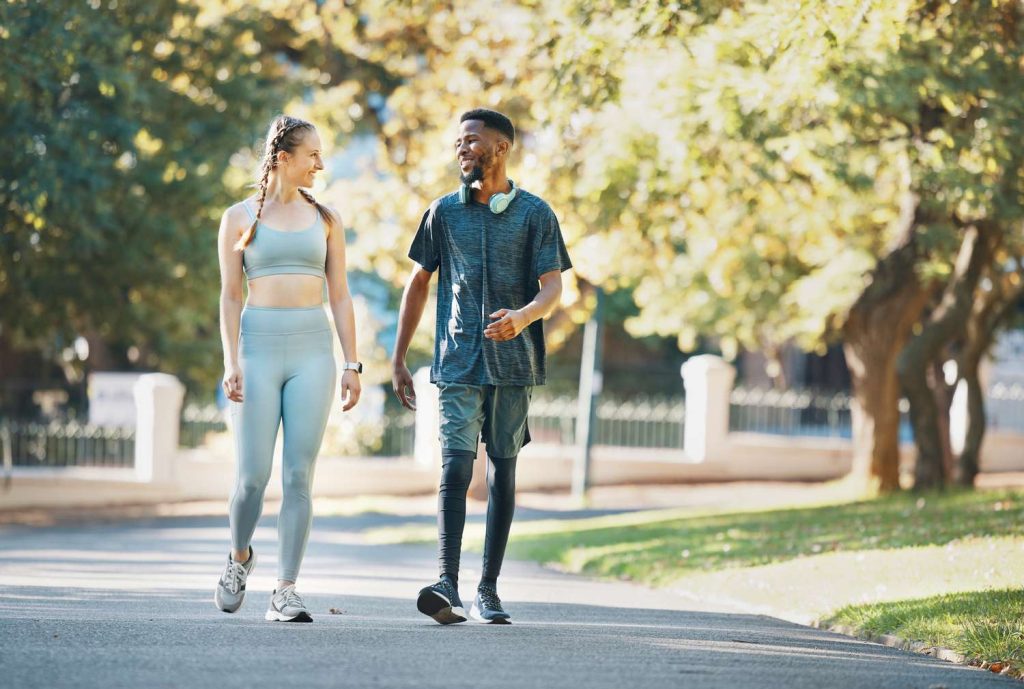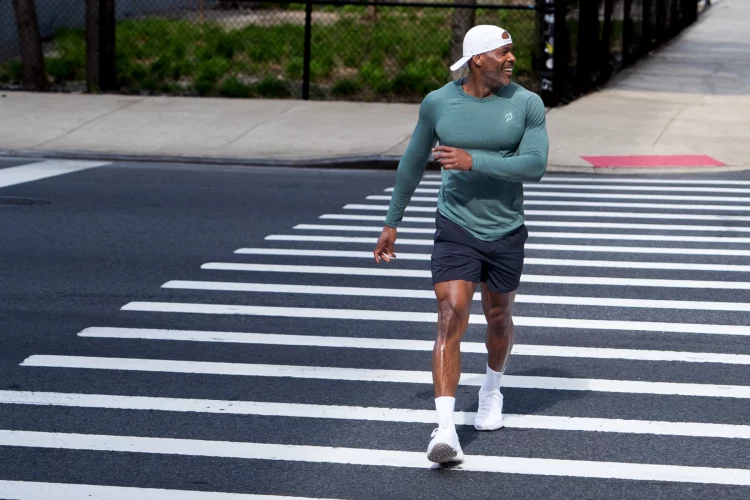For millions living in high-speed urban environments, finding time for fitness feels like a luxury rather than a lifestyle. Between crowded commutes, long workdays, and social commitments, squeezing in an hour at the gym often ends up low on the priority list. But staying fit in the city doesn’t require carving out large chunks of time—it requires creativity, flexibility, and a rethinking of what a workout looks like. By embedding movement into the rhythms of daily life, fitness becomes not just possible, but refreshingly accessible for even the busiest urban dwellers.
Rethinking Fitness: From Dedicated Hours to Daily Integration
Urban life thrives on momentum—everything moves fast, and every minute counts. Traditional models of exercise often require scheduling, travel, preparation, and recovery. But what if fitness wasn’t confined to an isolated session? What if it was embedded into the fabric of your commute, errands, meetings, and breaks? This mindset shift is the key to sustainable urban wellness. Fitness doesn’t have to happen in a gym or require special equipment. It can take the form of micro-movements, active choices, and lifestyle tweaks that turn the city itself into a workout playground.
The Commute Workout: Turning Travel Time Into Training Time
One of the most underrated opportunities for exercise lies in your commute. Whether you walk, bike, or ride public transport, there are countless ways to upgrade your daily travel into a functional fitness routine.
– Walk or Bike Instead of Ride: Swapping out subway or car rides for walking or biking—if even just part of the way—can dramatically improve cardiovascular health and burn hundreds of extra calories per week. Walking briskly for 20 minutes a day has been linked to longer life spans and reduced chronic disease risks.
– Get Off One Stop Early: If your destination is too far for a full walk, consider getting off the bus or subway one or two stops early. The extra 10–15 minutes of walking adds up over time, improving leg strength and endurance without disrupting your schedule.
– Use Active Commuting Gear: Backpacks with weighted compartments or ankle weights can subtly increase resistance during your normal walking route, enhancing muscle engagement and calorie burn.
– Desk-to-Door Lunges or Stairs: Instead of waiting for the elevator, take the stairs at work or in your apartment. Turn it into a challenge: add one more flight each week or aim to beat your personal best.
Staircase Challenges: The City’s Free Gym
Every city building is an opportunity in disguise. Staircases offer one of the most effective cardiovascular and strength workouts—no membership required.
– Stair Intervals: Climb stairs in intervals—fast for 1 minute, then recover slowly on the descent. Do this during your lunch break or between meetings to energize your body and brain.
– Calf Raises on Landings: As you climb, pause every two flights to do 10 calf raises off the edge of the stair. This improves ankle strength and stability.
– Upper Body Engagement: Carry a water bottle, laptop, or bag as you climb to simulate resistance training. Even small loads activate shoulder and core muscles.
– Make It Social: Invite coworkers to join your “stair challenge of the week.” Friendly competition keeps motivation high and builds accountability.
Deskercises: Fitness from the Office Chair
Spending eight hours a day at a desk doesn’t mean your muscles have to be asleep. Desk exercises, or “deskercises,” are simple movements you can perform in work clothes and tight spaces that keep blood flowing and improve posture.
– Seated Leg Lifts: Straighten one or both legs under your desk and hold for 10 seconds. Repeat in sets of 10 to activate quads and core.
– Chair Squats: Stand up and sit down slowly from your chair 15 times, focusing on controlled movement. This strengthens glutes and improves balance.
– Wall Sits During Calls: Lean against the wall while taking phone calls or on mute in meetings. Hold a squat position for 30–60 seconds to build endurance.
– Shoulder Rolls and Neck Stretches: Combat tech neck and slouching with hourly mobility breaks. Roll your shoulders backward 10 times, then stretch your neck side to side.
– Stretch Alarms: Set hourly phone reminders to stand, stretch, and breathe deeply. These breaks improve circulation and reduce back pain.
Lunchtime Workouts: Midday Movement for Maximum Energy
Lunch breaks offer a prime opportunity to get in a solid 20–30 minutes of activity. Instead of sitting at your desk or scrolling through your phone, take advantage of this window.
– Urban Power Walks: Grab your headphones and head outside for a fast-paced walk around the block. Use walking meeting apps to brainstorm with colleagues while moving.
– Bodyweight Routines in the Park: Find a bench or quiet green space and run through a circuit: push-ups, dips, squats, lunges, and planks. No gym clothes? Do what you can in workwear and modify movements as needed.

– Express Yoga: A 15-minute flow of sun salutations, hip openers, and spinal twists improves posture and mental clarity—perfect for reducing stress before heading back to the office.
– Mini HIIT Sessions: Apps like 7-Minute Workout offer short bursts of high-intensity training you can do in any space. These routines improve cardiovascular fitness and boost metabolism.
Evening Efficiency: Wind Down Without the Couch
Evenings are often reserved for rest and leisure, but they can still be active without sacrificing downtime.
– Active TV Time: Stretch, foam roll, or do bodyweight exercises like crunches or leg lifts while watching your favorite show.
– Errand Walks: Walk to the grocery store or pharmacy instead of driving or ordering online. Carrying light bags adds extra resistance.
– Nighttime Stretches: Unwind before bed with gentle yoga or a stretching routine. This improves sleep quality and prevents next-day stiffness.
– Weekend Planning: Choose one or two evenings per week for a planned class or run—pilates, a boxing session, or a scenic jog. Pre-scheduling these increases follow-through and provides structure without overwhelming your calendar.
Urban Infrastructure Hacks: Move With the City
Living in a city means being surrounded by built-in exercise tools—you just have to see them. Here’s how to take advantage:
– Parks and Public Spaces: Use benches for step-ups and triceps dips, playground bars for pull-ups, and open areas for sprints or yoga.
– Bike Shares and Scooters: Ditch rideshares and hop on a bike or scooter to get places faster while building muscle and burning calories.
– City Events: Attend local dance, yoga, or bootcamp events held in public spaces. These free or low-cost opportunities combine community and fitness.
– Hidden Trails and Greenways: Explore lesser-known walking paths, riverbanks, or converted rail trails for peaceful movement away from traffic.
Building the Mindset: Consistency Over Perfection
The biggest hurdle in urban fitness is often mental—not physical. We believe if we can’t work out for an hour, it’s not worth it. But consistent, moderate movement throughout the day is more beneficial than sporadic intense sessions. Five 10-minute bursts of movement are just as valuable as one solid gym hour.
– Focus on Frequency: Aim to move in some way every day. It doesn’t have to be intense—it just needs to be consistent.
– Celebrate Small Wins: Walked 15,000 steps today? Took the stairs five times? Did five minutes of stretching? Acknowledge and reward these moments.
– Involve Your Circle: Fitness becomes easier with support. Join coworkers in fitness goals, create a WhatsApp step challenge, or set shared Apple Watch targets.
– Track Your Progress: Use pedometers, smartwatches, or apps to track steps, minutes active, or calories burned. Visibility drives accountability.
Final Thoughts: A City That Moves With You
Urban life doesn’t have to be the enemy of wellness. With intention and creativity, your city can become a full-body fitness playground. Whether it’s transforming a sidewalk into a walking path, an office stairwell into a strength station, or your living room into a yoga mat, movement is always within reach.
The beauty of urban fitness lies in its flexibility—it’s not about rigid schedules or structured environments, but about harnessing the chaos of city life and turning it into an opportunity to move better, live stronger, and feel more alive. So next time you’re stuck in traffic, waiting for an elevator, or scrolling on your lunch break, ask yourself: how can I move right now? The answer might just change your health forever.

















































